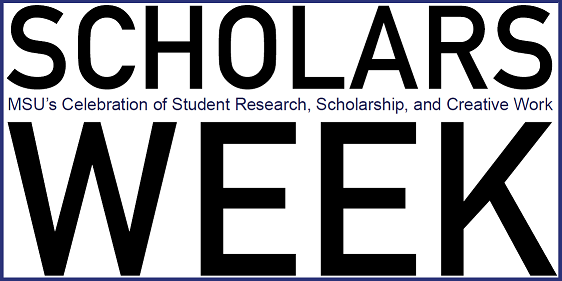
JCSET | Watershed Studies Institute Research Symposium
Quantifying the importance of methane transport pathways in mineral soil wetlands
Academic Level at Time of Presentation
Senior
Major
Earth and Environmental Science
List all Project Mentors & Advisor(s)
Dr. Jessica Moon
Presentation Format
Oral Presentation
Abstract/Description
Wetland soils can be a significant source of methane (CH4) to the atmosphere. This gas can be transported from the soil to the atmosphere through diffusion and ebullition. Previous work has shown that the spatial patterning of soil resources, such as bald cypress needles, can affect the rate of CH4 diffusion during the initial stages of decomposition in mineral soils. However, ebullition (i.e., bubble transport), which is challenging to measure due to its transitory nature, can significantly contribute to overall emissions and hasn’t been well represented. Our objectives are to (1) develop a method for measuring ebullition across initial stages of decomposition (3-month period); (2) determine if the spatial patterning of soil resources also affects the rate of CH4 ebullition; and (3) quantify the relative contribution of CH4 through diffusion vs. ebullition pathways. To conduct this study, we collected bald cypress needles from Murphy’s Pond, Kentucky. These needles will be placed in mesh bags and arranged in uniform (n = 3) and clumped (n = 3) distributions within trays of inundated mineral soil for 3 months. Ebullition will be quantified by creating a relationship between the size of each bubble, as captured by photos taken every 30 minutes, with direct concentrations measured from the bubbles using injection into a trace gas analyzer. Diffusion rates will be quantified weekly by collecting gas fluxes after removing the bubbles. Our goal is to provide new methods for assessing ebullition in field applications and provide a better understanding of how microbial landscapes influence net ecosystem functions, such as carbon cycling.
Spring Scholars Week 2025
Watershed Studies Institute Research Symposium
Quantifying the importance of methane transport pathways in mineral soil wetlands
Wetland soils can be a significant source of methane (CH4) to the atmosphere. This gas can be transported from the soil to the atmosphere through diffusion and ebullition. Previous work has shown that the spatial patterning of soil resources, such as bald cypress needles, can affect the rate of CH4 diffusion during the initial stages of decomposition in mineral soils. However, ebullition (i.e., bubble transport), which is challenging to measure due to its transitory nature, can significantly contribute to overall emissions and hasn’t been well represented. Our objectives are to (1) develop a method for measuring ebullition across initial stages of decomposition (3-month period); (2) determine if the spatial patterning of soil resources also affects the rate of CH4 ebullition; and (3) quantify the relative contribution of CH4 through diffusion vs. ebullition pathways. To conduct this study, we collected bald cypress needles from Murphy’s Pond, Kentucky. These needles will be placed in mesh bags and arranged in uniform (n = 3) and clumped (n = 3) distributions within trays of inundated mineral soil for 3 months. Ebullition will be quantified by creating a relationship between the size of each bubble, as captured by photos taken every 30 minutes, with direct concentrations measured from the bubbles using injection into a trace gas analyzer. Diffusion rates will be quantified weekly by collecting gas fluxes after removing the bubbles. Our goal is to provide new methods for assessing ebullition in field applications and provide a better understanding of how microbial landscapes influence net ecosystem functions, such as carbon cycling.

